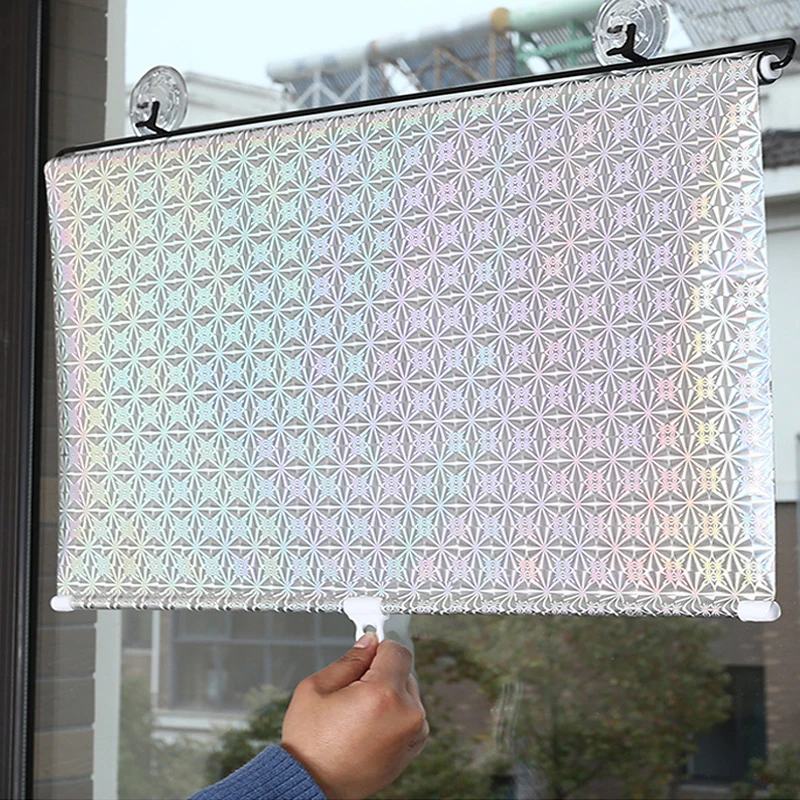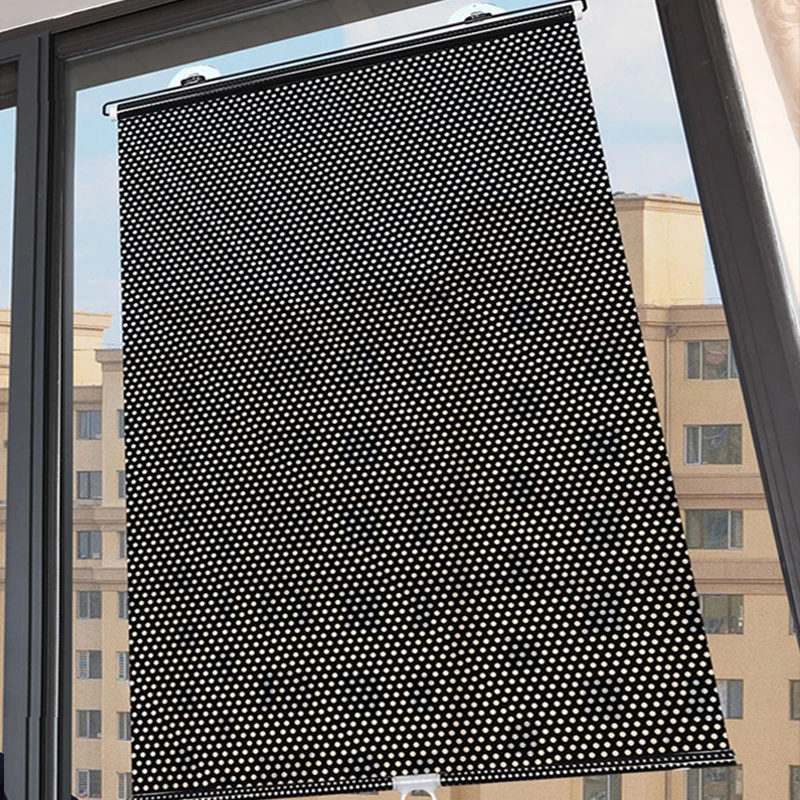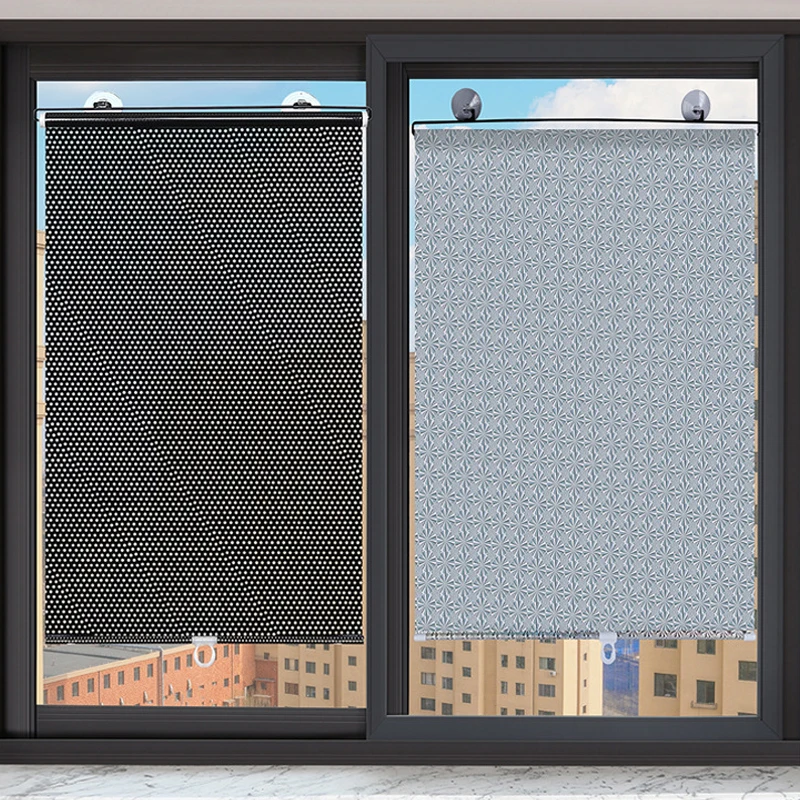Installing window blinds can dramatically enhance the look and functionality of your living space. Whether you’re a seasoned DIY enthusiast or a first-time installer, understanding the basics of putting up blinds can ensure a smooth and successful project. This comprehensive guide will walk you through the essential steps of installing window blind, from choosing the right type of blind to the final installation and adjustments. Let’s delve into the details.
Choosing the Right Type of Blinds
Understanding Different Types of Blinds
Before you start installing blind, it’s crucial to choose the right type for your needs. There are several types of blind available, each with its own advantages and disadvantages. Venetian blind feature horizontal slats that can be adjusted to control light and privacy. Vertical blind, on the other hand, have vertical slats and are ideal for large windows or sliding doors. Roller blinds are a minimalist option that rolls up into a compact cylinder, while Roman blind offer a more decorative touch with their soft fabric folds. Each type varies in material, style, and functionality, so consider the purpose of the blinds and the aesthetic you desire for your space.
Measuring Your Windows for the Perfect Fit
Accurate measurements are critical to ensuring your blinds fit perfectly. To measure your windows, start by determining whether you want to install the blind inside the window frame (inside mount) or outside the frame (outside mount). For inside mount blind, measure the width and height of the window opening at three points: the top, middle, and bottom for width, and the left, center, and right for height. Record the smallest measurements to ensure a proper fit. For outside mount blinds, measure the width and height of the area you want to cover, adding extra inches on all sides for complete coverage. Double-check your measurements before purchasing to avoid any fitting issues.

Preparing for Installation
Gathering Necessary Tools and Materials
Before you begin the installation process, gather all the necessary tools and materials. Common tools for blind installation include a tape measure, level, pencil, drill, screws, and wall anchors. Depending on the type of blind, you might also need brackets and a screwdriver. Ensure you have all the components of the blind system, including the blinds themselves, mounting brackets, and any additional hardware. Having everything organized and ready will streamline the installation process and help you avoid unnecessary interruptions.
Preparing the Installation Area
Preparing your installation area is an important step to ensure a smooth process. Clear the window area of any furniture or obstructions that might hinder your work. If you’re installing blinds inside the window frame, make sure the frame is clean and free of dust or debris. For outside mount installations, check that the wall or surface where you’ll be mounting the blinds is level and in good condition. Use a level to verify that the surface is straight and make any necessary adjustments before you start drilling. Proper preparation can prevent installation issues and ensure a clean, professional finish.
Installing Blinds Inside the Window Frame
Mounting Brackets for Inside Mount Blinds
For inside mount blinds, start by installing the mounting brackets. Position the brackets inside the window frame at the top, ensuring they are evenly spaced. Use a pencil to mark the drilling points for the screws. Drill pilot holes at the marked points and insert wall anchors if needed. Attach the brackets to the frame using screws, making sure they are securely fastened and level. Check the alignment of the brackets with a level to ensure they are straight. Proper bracket installation is essential for the smooth operation and appearance of your blinds.
Attaching the Blinds to the Brackets
Once the brackets are installed, it’s time to attach the blinds. Slide the headrail of the blinds into the mounted brackets. Ensure the blinds are properly aligned and securely placed within the brackets. If your blinds have a locking mechanism, engage it to hold the blinds in place. Test the operation of the blind by raising and lowering them to ensure they function correctly. Make any necessary adjustments to the alignment or fit before proceeding. Proper attachment is crucial for the stability and functionality of your blind.

Installing Blinds Outside the Window Frame
Mounting Brackets for Outside Mount Blinds
For outside mount blinds, start by installing the brackets on the wall or surface above the window. Position the brackets according to the width and height measurements taken earlier, ensuring they are evenly spaced and aligned. Mark the drilling points for the screws with a pencil. Drill pilot holes and insert wall anchors if required. Attach the brackets using screws, making sure they are securely fastened and level. For an outside mount, the brackets should extend beyond the window frame to cover the entire window area. Proper bracket installation ensures complete coverage and an aesthetically pleasing appearance.
Attaching the Blinds and Adjusting for Fit
After installing the brackets, attach the blind to the mounted brackets. Slide the headrail of the blinds into the brackets and ensure it is securely in place. Adjust the position of the blind to ensure they cover the entire window area as desired. Test the operation of the blinds by raising and lowering them to check for smooth movement and proper fit. Make any necessary adjustments to the height or alignment to achieve the desired look and functionality. Proper attachment and adjustment are essential for a seamless and professional appearance.
Final Adjustments and Maintenance
Checking and Adjusting Blind Operation
Once the blinds are installed, perform a final check to ensure they operate smoothly. Test the raising, lowering, and tilting functions to verify that they work correctly. Adjust the tension or alignment if needed to ensure the blinds function as intended. Make sure the blinds are level and properly aligned within the window frame or mounting brackets. Address any issues with operation or alignment promptly to ensure optimal performance and longevity of your blinds.
Cleaning and Maintaining Your Blinds
Regular cleaning and maintenance are important to keep your blind looking their best and functioning properly. Dust the blinds regularly with a soft cloth or duster to prevent buildup. For more thorough cleaning, use a mild detergent and water solution to wipe down the blind, or follow the manufacturer’s cleaning instructions. If your blinds have removable components, such as fabric or slats, consider taking them down for a more thorough cleaning. Regular maintenance helps prolong the life of your blinds and ensures they continue to enhance the look of your space.

Troubleshooting Common Issues
Dealing with Uneven Blinds or Gaps
If you notice that your blind are uneven or there are gaps between the blinds and the window frame, it may be due to incorrect installation or alignment. Check the level of the brackets and adjust as necessary to ensure they are straight. Verify that the blinds are properly positioned within the brackets and that they fit snugly against the window. If there are still gaps, consider adjusting the mounting position or adding additional hardware to achieve a better fit. Addressing these issues promptly will improve the appearance and functionality of your blind.
Resolving Operational Problems
Operational problems, such as difficulty raising or lowering the blind, can often be attributed to issues with the installation or the blind mechanism. Check that the blind are properly attached to the brackets and that the headrail is aligned correctly. If the blinds have a cord or chain mechanism, ensure that it is functioning smoothly and is not tangled or obstructed. For blind with motorized systems, verify that the batteries or power source are functioning properly. If you encounter persistent issues, consult the manufacturer’s troubleshooting guide or seek professional assistance.
Conclusion
Recap of Key Steps
Putting up blind involves several key steps, including choosing the right type, measuring accurately, preparing the installation area, and installing the blind. Whether you are opting for inside or outside mount blinds, ensure that you follow the proper procedures for bracket installation, blind attachment, and final adjustments. Regular maintenance and troubleshooting can help keep your blinds in optimal condition and enhance the overall appearance of your space.
Final Tips for Successful Blind Installation
To ensure a successful blind installation, take your time with each step and double-check your measurements and alignment. Gather all necessary tools and materials before starting the project to avoid interruptions. If you encounter any issues or uncertainties during the installation process, don’t hesitate to seek professional advice or assistance. By following these guidelines and maintaining your blind regularly, you can enjoy a functional and stylish window treatment that enhances your home’s comfort and aesthetic appeal.








